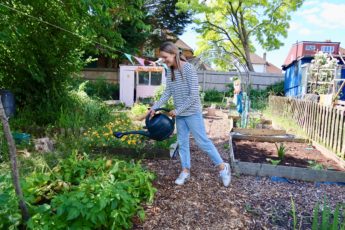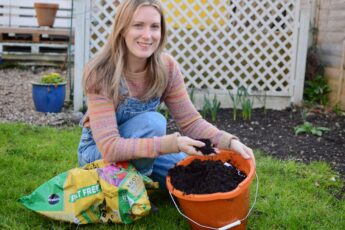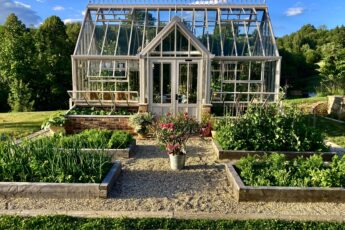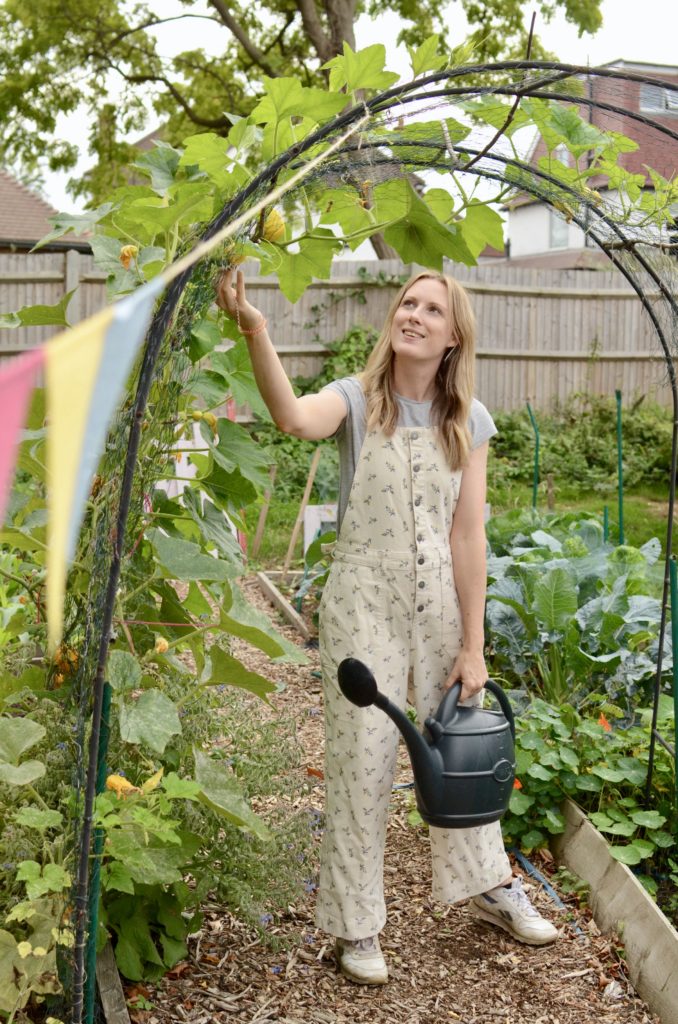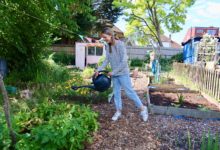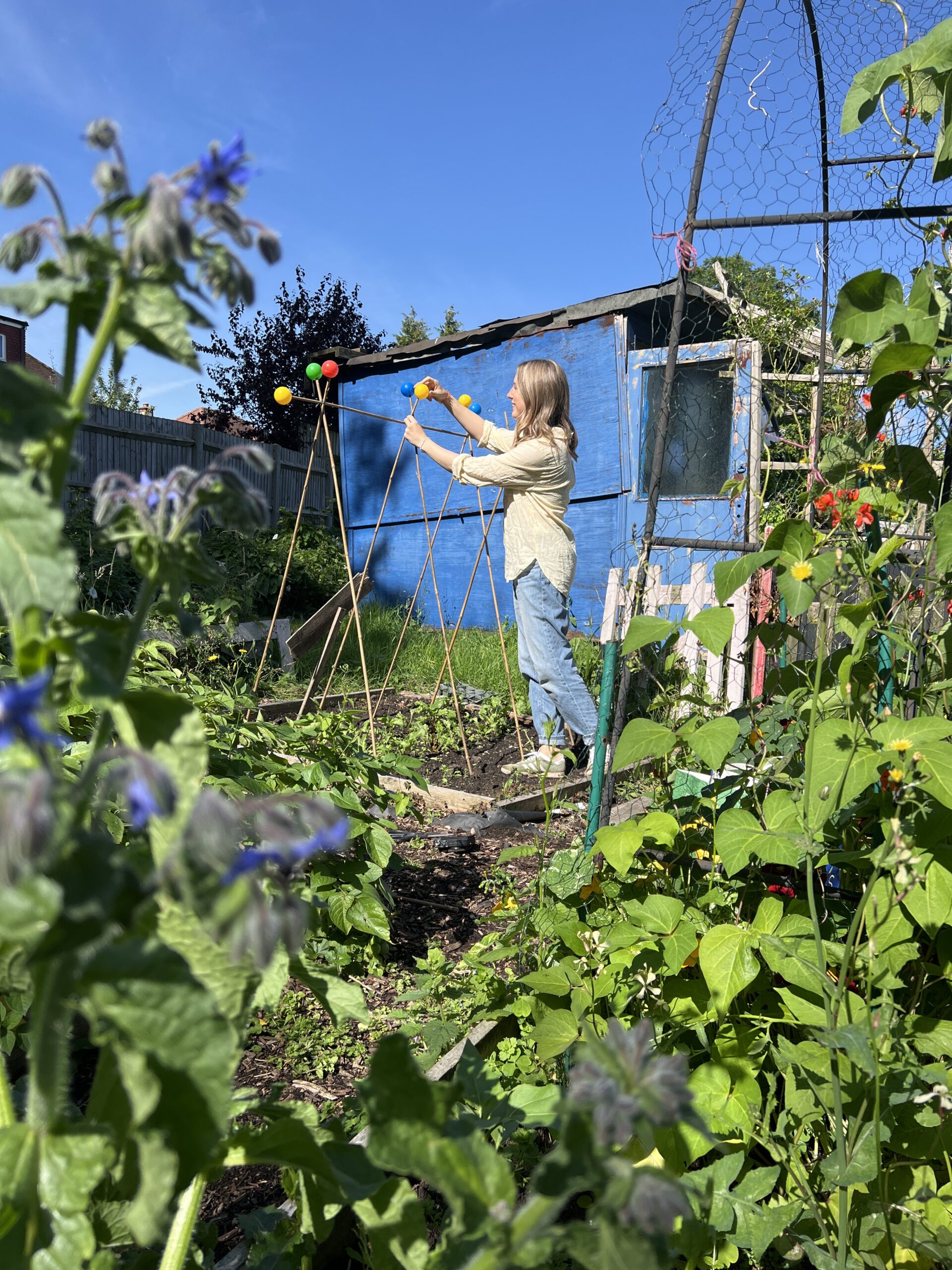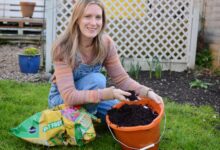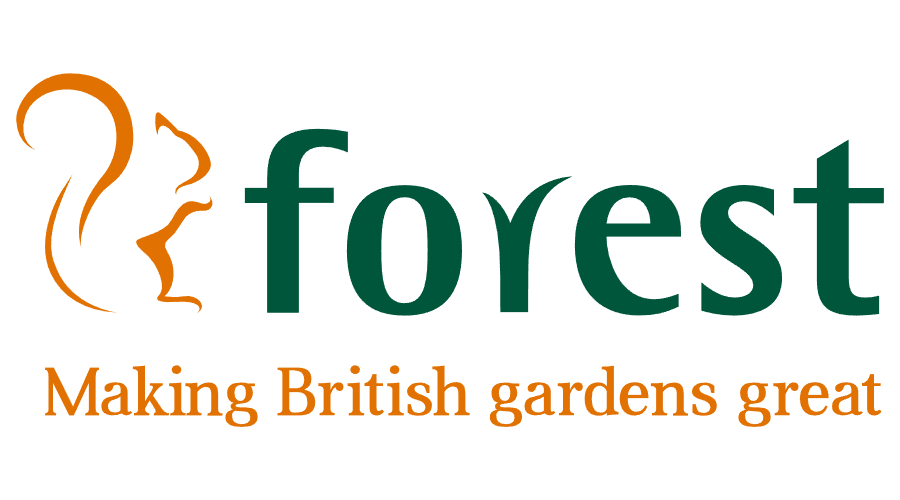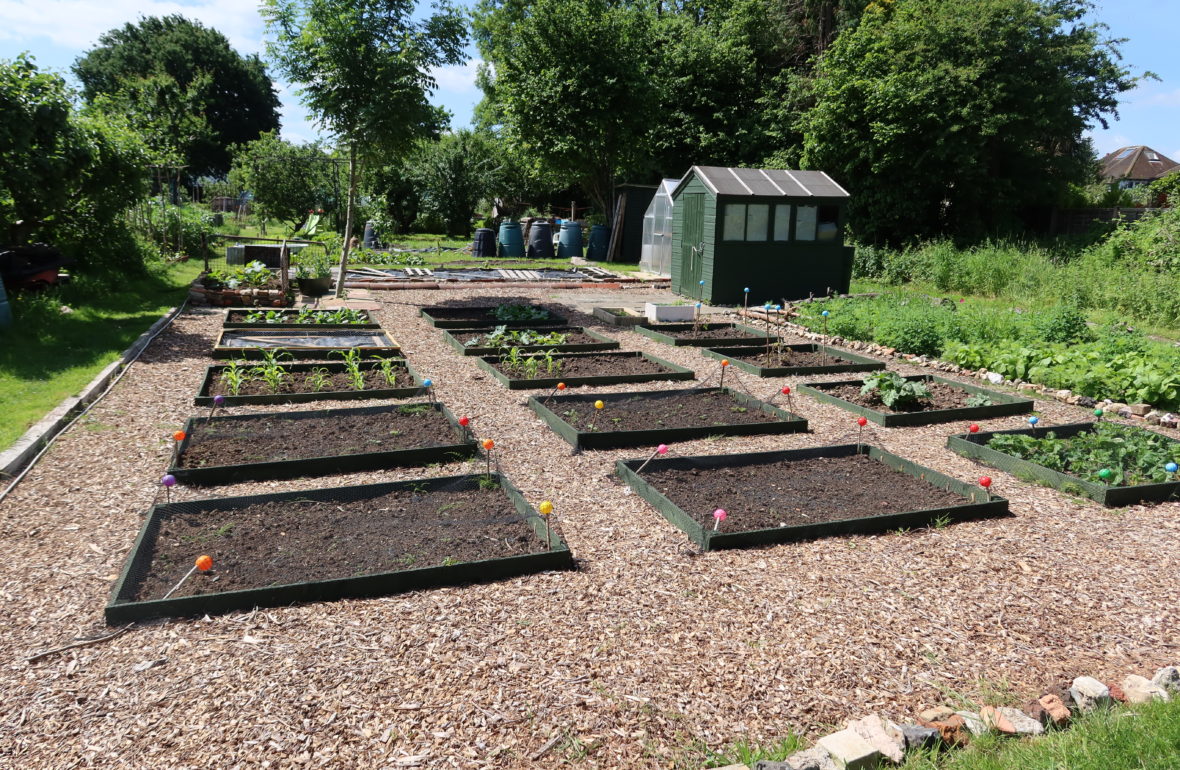
When you get the keys to your first allotment plot, you might be disappointed to find it’s a little overgrown! Sometimes, it’s a lot overgrown, just like mine was when I took it on three years ago. It can definitely feel overwhelming when you’re standing in from of what is essentially a giant mass of brambles and weeds, especially when it’s sitting snug between a few well kept plots. The task of bringing back to life can be pretty daunting. So I thought I would share a few tips with you to get you started and to keep you motivated, no matter what level of gardening skill you might have!
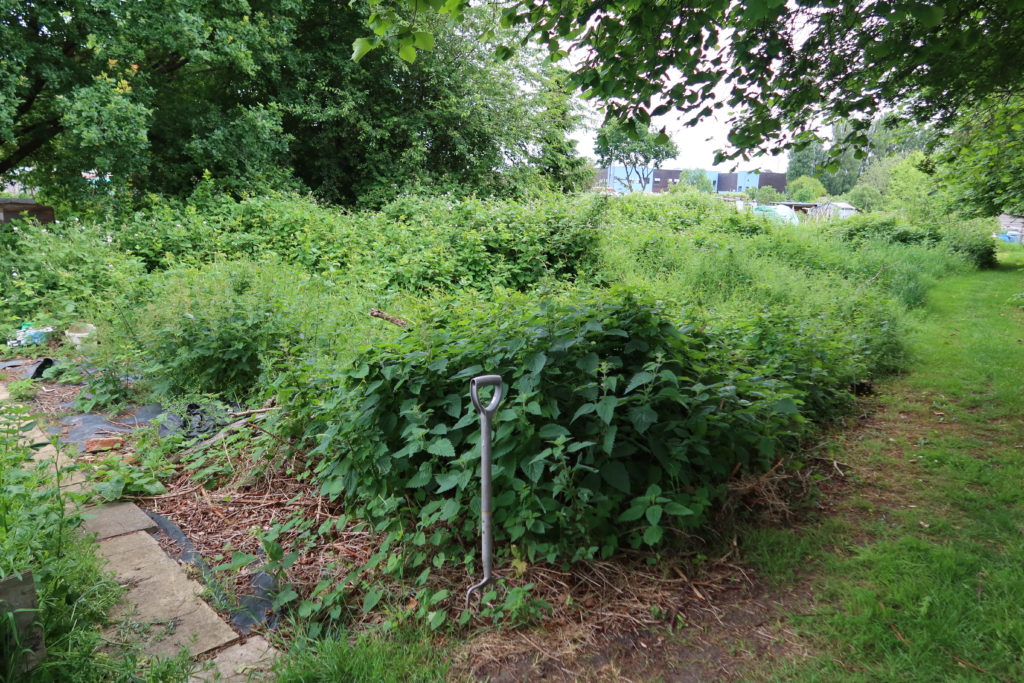
- Start by clearing
The number one starting point for an allotment plot that is severely overgrown is always going to be clearance. How you go about that is up to you. I decided to cut back all the blackberry bushes by hand and then dig over the entire plot so I had a blank canvas. My neighbours burnt theirs to the ground and then used a digger to dig out all the canes! Do what works for you and what you can afford to do with your budget.
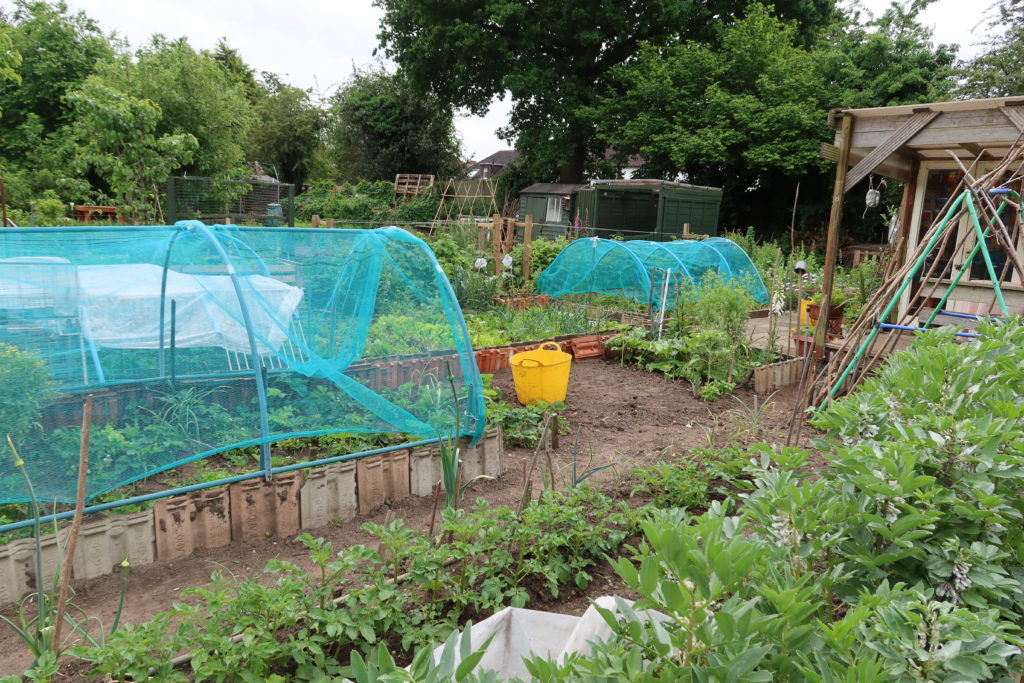
2. Have a vision
Once you have cleared your plot, take some time to get to know your space. Think about where the light falls, which part gets most shade and where you might position things like sheds and greenhouses. Most importantly, keep a vision for your plot. Are you imagining raised beds? Lots of flowers? Or long rows of beautiful vegetables to walk up and down?
Keep the vision in your mind and work towards it. Don’t forget that creating your perfect allotment takes time and patience as well as hard work and determination!
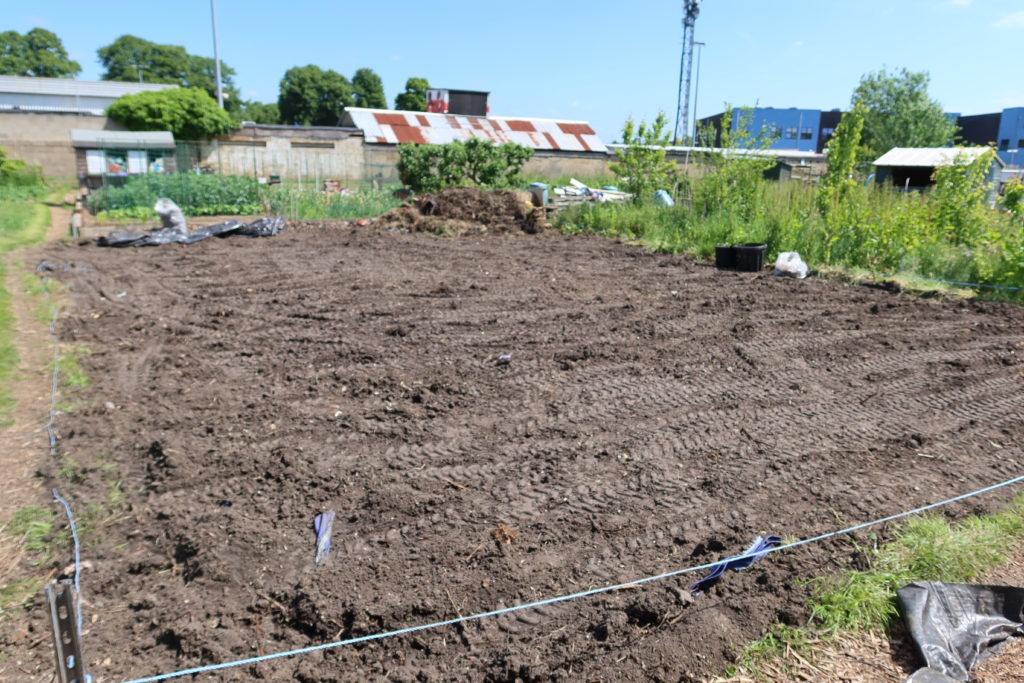
3. Start to organise your space and put down the foundations of your plot.
It’s time to build the shed, construct the raised beds and think about how you will work the space. Are you going to have a compost heap? A polytunnel? Are you planning on having a wheelbarrow? If so, make sure your paths are wide enough and simple enough to be able to make your way to the places you need to go without feeling like you are a mouse in a maze! Simple is better.
4. Position your perennial crops or small fruit trees.
Think about the plants that are going to sit in the same place for a long time, such as trees and perennial crops like chard and strawberries. These will prove difficult to move about once your plot gets more established. Decide on their positions and the plant them accordingly.
Remember that things like fruit trees will create shade on the plot and on neighbours, so think carefully about the best place to position them so they don’t bother anyone or hinder what you can grow!
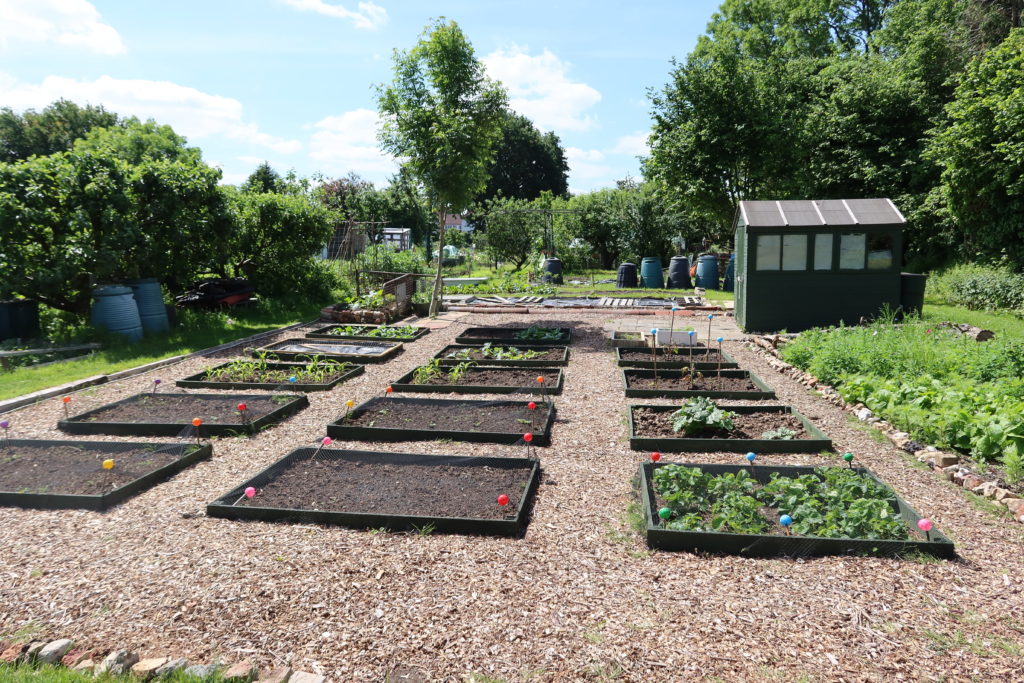
5. Slow and steady is better than fast and furious!
Gardens take time to grow and allotment plots take time to become established. You will make mistakes. Crops will die because they are not in the right position. Or because the soil type is wrong for them. Or they didn’t get enough water. The first couple of years will be one big experiment so don’t be disheartened if things don’t work out and don’t be afraid to experiment with the layout as much as you can!
I hope these tips help you out on your new overgrown allotment plot! Good luck and happy gardening!


